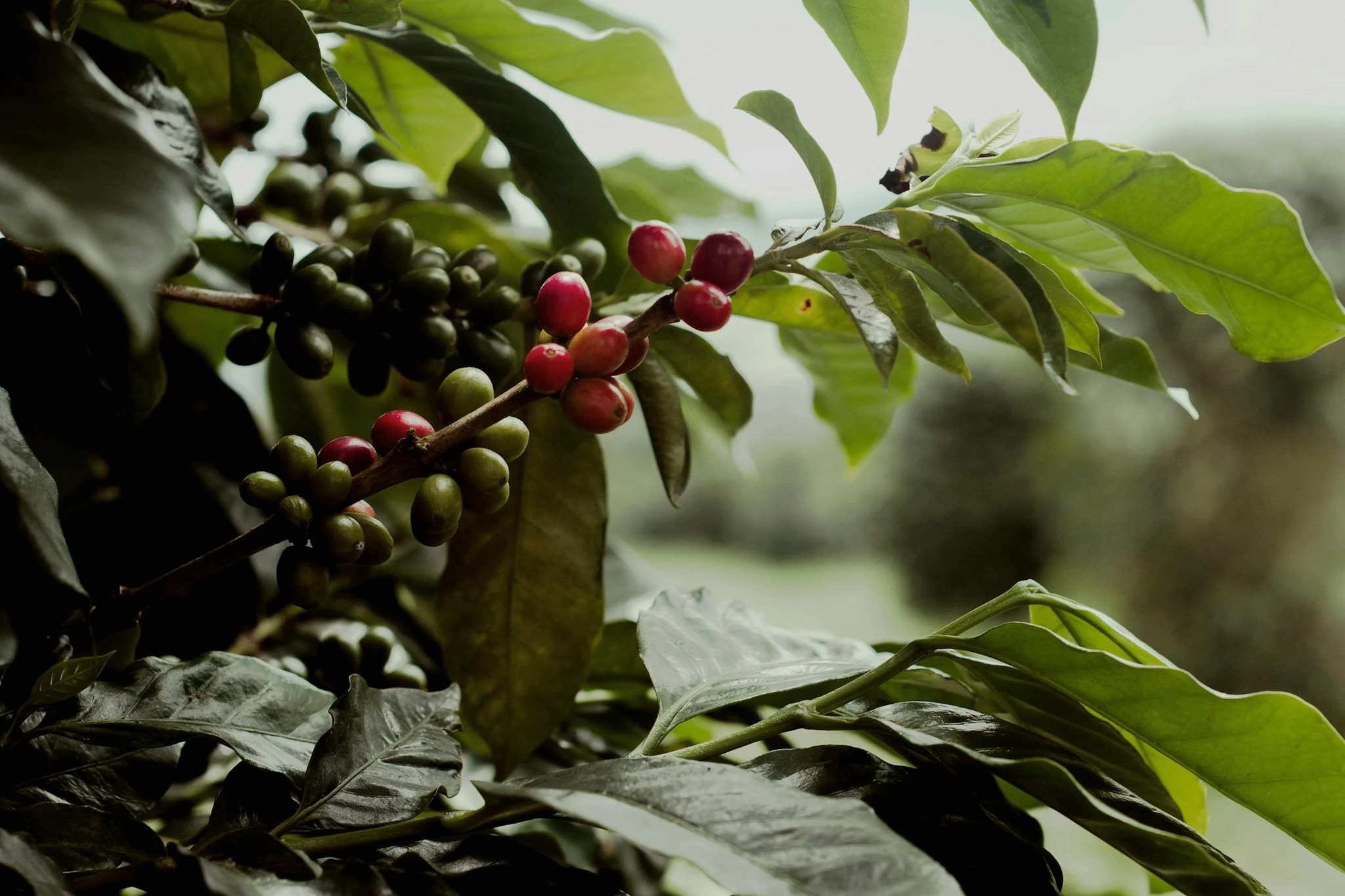
Costa Rica Montano Micro Mill Anaerobic
We are really excited about this coffee, as it is the first anaerobic processed coffee we have brought to you. What’s the big deal, you say? Let me explain.
Anaerobic processed coffees are unique in that they are fermented without oxygen present. Freshly harvested cherries are placed in air-tight tanks. The oxygen is purged from the tanks, and the cherries are fermented for up to four days. With no oxygen being present, specific bacteria and yeast strains thrive. These have a profound impact on the coffee’s acidity and flavor profile. Nitrogen and carbon dioxide are prominent during anaerobic fermentation, and workers vent these gases as is necessary.
Often, the result of anaerobic fermentation is a very clear cup, with heightened flavor notes and a creamy body. It sounds easy, but temperature, pH, and duration must be closely monitored.
Metabolically speaking, a process called glycolysis occurs that facilitates the synthesis of energy from the glucose in the cherries. This process breaks down the body of the cherries (mucilage) over about 4 days, as opposed to one day for aerobically processed cherries. This longer breakdown gives the coffee more distinct flavors and lactic acids.
This coffee was processed at the Montano Micro-Mill, which was acquired and set up specifically for the purpose of experimentation with processing methods. It is run by a man named Juan Ramon,
who is also a coffee farmer and has a stellar reputation for consistently producing outstanding coffees.
The Costa Rican coffee community is more advanced than any other in the coffee producing world. The farmers always produce high quality and innovative coffees. These two characteristics make it easy for Costa Rican coffees to demand premium prices.
In essence, Costa Rica is built to support its coffee. The country has high socio-economic infrastructure programs like universal healthcare, high education levels, sophisticated agronomy and research, and well-regulated agricultural sustainability
programs, all of which add to the high value of Costa Rican coffees.
This lot was grown in the Tarrazú and Tres Ríos regions of Costa Rica at elevations between 3,937 and 5,741 feet above sea level by various smallholder farms. This lot consists of both the Caturra and
Catuai varietals.
This is an exceptional coffee; it is lighter-bodied and has bright acidity, and it earned a cup score of 86.5. If you pay close attention while sipping this coffee, you may detect notes of Cinnamon, Blackberry,
Brown Spice, Mango, Raspberry, and Tea Rose.